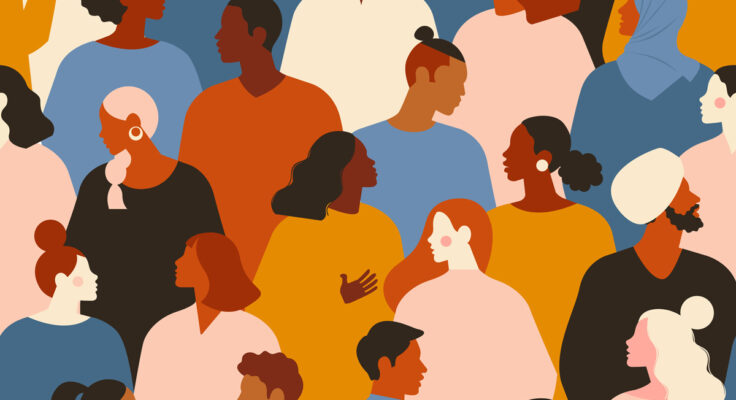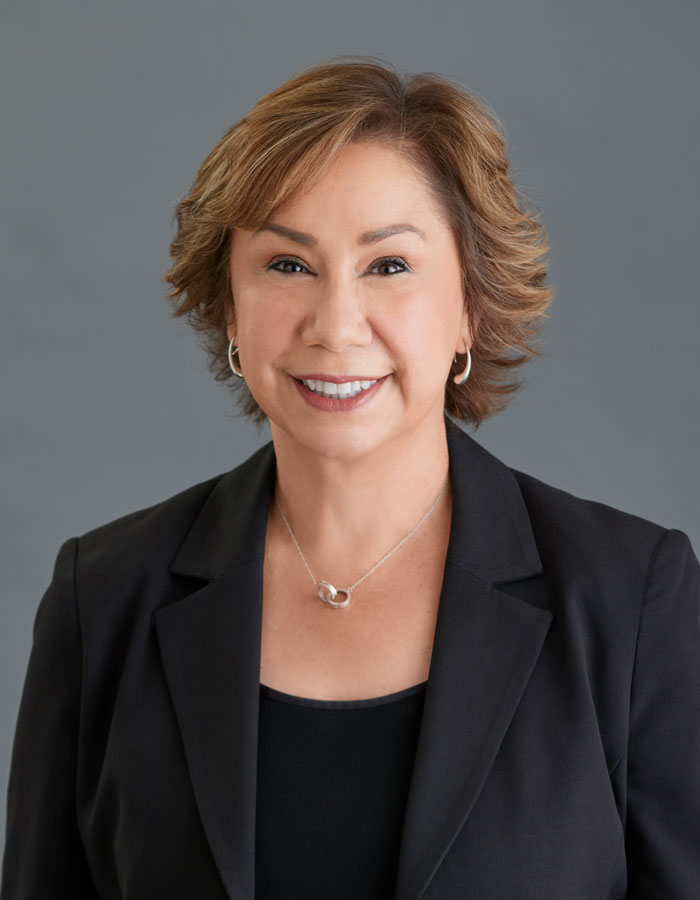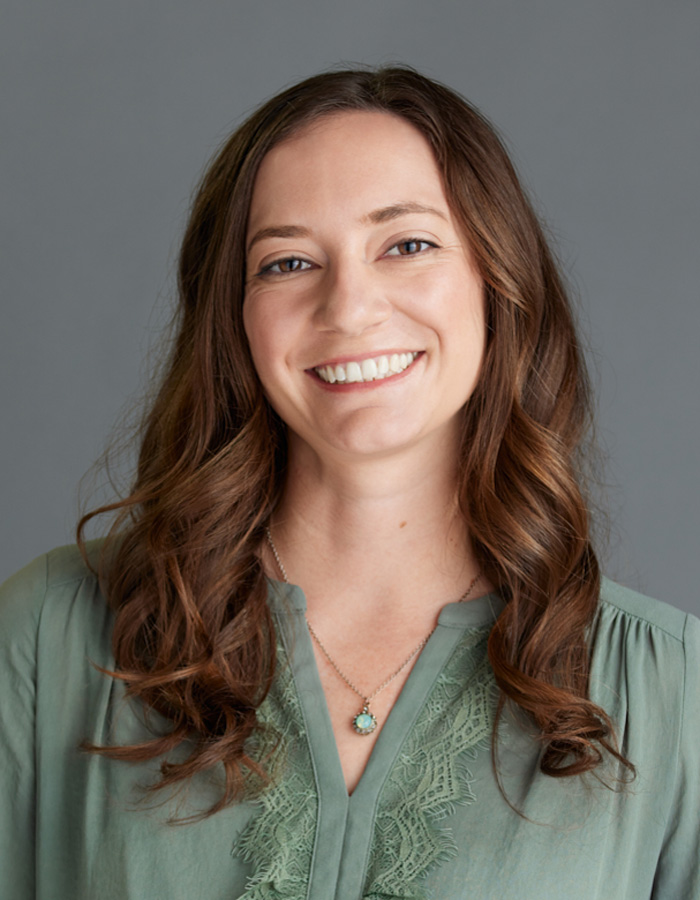The Kenneth Rainin Foundation has been advancing diversity, equity and inclusion (DEI) across our organization for the past few years. We’ve reported on changes we’ve made in our program areas, lessons we’ve learned and how we’re engaging Foundation staff and Board members in the learning process. Feeling inspired by this work, we want to share how our Communications Team is integrating DEI into our Foundation practices.
An exciting moment in this work started three years ago, when the Rainin Foundation engaged Frontline Solutions to help embed DEI into our strategic plans. One of their key recommendations to the Communications Team was to create a cross departmental work group to develop a framework for storytelling and communications. In 2021, we formed the Diversity and Inclusion Strategies in Communications (DISC) Group, which includes representatives from each program area and grants management. Below we talk about how our group works and what we’ve accomplished.
“Creating resources and developing shared practices for all communications has felt like an important step to advance our commitment to diversity, equity and inclusion.”
Jackie Hausman, Health Program Officer
Defining Our Purpose And Priorities
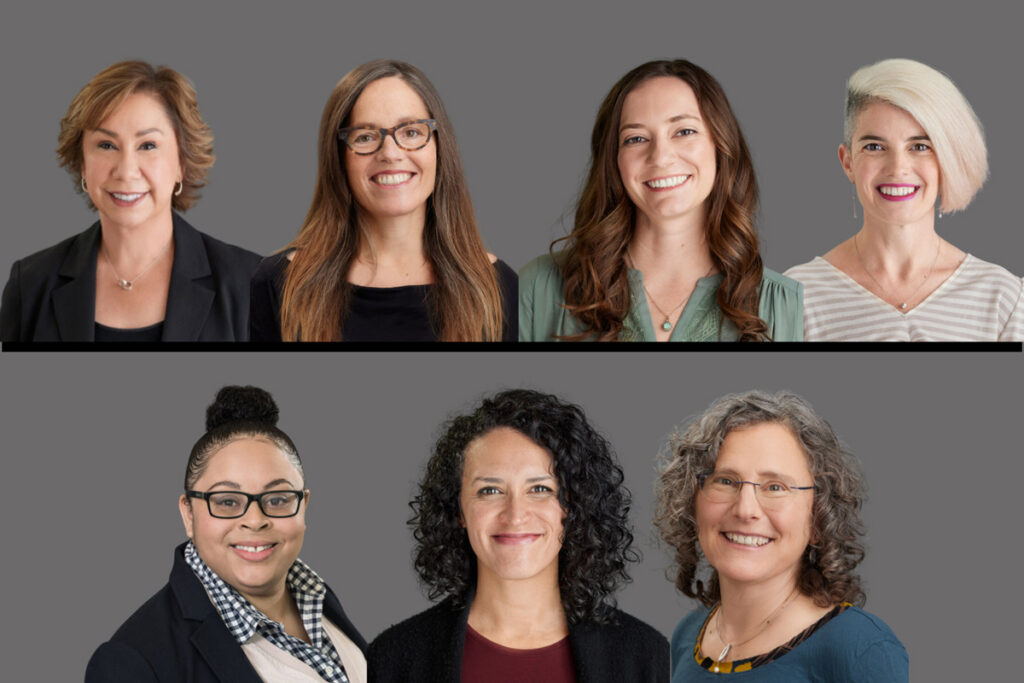
DISC Group members were excited by this powerful opportunity to shape Foundation communications and interactions. This was yet another pathway to making meaningful connections with each other and the communities we serve. To organize ourselves, we created a purpose statement and a work plan to map out the communication practices that would help bring the Rainin Foundation’s DEI statement to life.
The following priorities guided our work:
- Reflect our values and be intentional about how DEI shows up in our communications
- Center equitable practices by honoring a diversity of perspectives and life experiences
- Ensure our communications are accessible to people with disabilities and people whose first language is not English
To achieve these objectives, the group focused on creating four resources for staff and our consultants to ensure we’re integrating DEI into our communication practices. This included: 1) guidelines for developing communications that center community perspectives, 2) a glossary of terms and stylistic preferences, 3) practices for creating accessible communications and 4) resources for working with interpreters and transcription services. Group members divided into teams of two to develop the resources. Each team included a Communications Team member paired with staff from programs and grant management staff. The DISC Group meets monthly to share ideas, report on progress and discuss opportunities.
“Our ability to shift the language we use and diversify the perspectives we center in products and processes is imperative in advancing diversity, equity, and inclusion priorities. I’ve learned a lot about how to do that from our DISC Group.”
Dana Cilono, Director, Education Strategy & Ventures
The final resources appear in an internal Wiki page where group members can easily make updates as our practices change. We presented each resource separately in our all staff meetings. We polled staff about their interest to take part in a series of short training courses to learn about developing accessible PDFs, documents and presentations. We were thrilled that staff members overwhelmingly expressed a desire to continue building their skills and knowledge in this area.
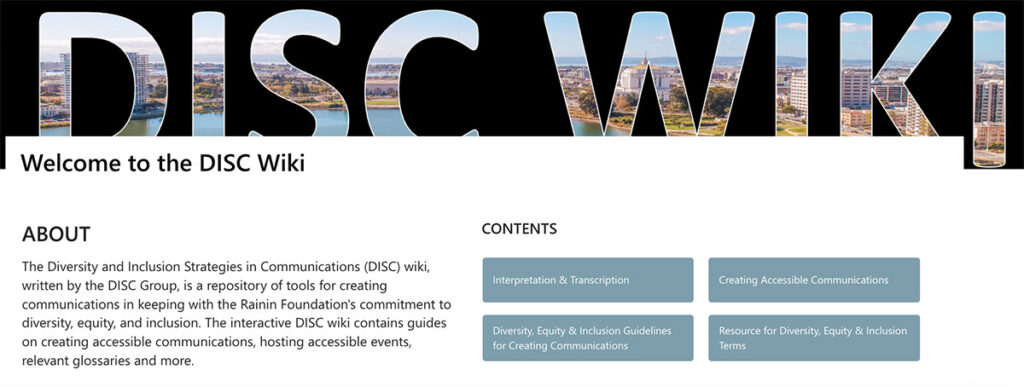
Insights And Lessons
Over time, several things have become clearer to us. We are sharing those lessons and how they have guided our work.
1. Take a fresh look at what you typically do.
It’s easier and quicker to do business as usual but keeping DEI principles front of mind helps you make improvements. Two examples of this include: 1) the Communications Team expanding our bank of consultants to ensure that the perspectives in our communications are reflective of the communities we serve, and 2) sharing resources with staff such as Candid’s Words to Avoid 2023 Edition. Candid’s post helped us understand the meaning behind certain words and phrases, and encouraged us to adopt alternative expressions that don’t cause harm.
2. Start with what’s easy and build from there.
Some practices will be relatively simple to implement, while others might require additional capacity or budget. We were able to quickly implement a practice to add alt text for images and closed captioning for our videos. However, it took a little longer to finalize a style for adding permanent captions to our Instagram videos since the platform doesn’t support closed captions.
3. Reach out to the experts to learn new skills.
We are working with Perkins Access, the professional consulting arm of the world-renowned Perkins School for the Blind, on our website redesign. Their expertise has benefited us and our website developers, improving both the content and visuals. We’ll be collaborating with our partners on a blog post soon to share our collective experience and take-aways. When we launch our new website in May, it will meet Level AA Web Content Accessibility Guidelines.
“This was yet another pathway to making meaningful connections with each other and the communities we serve.”
Mandy Flores-Witte, Communications Director
4. Value diverse community perspectives.
Representation matters both in our consultants and in whose voices and narratives we center in a story. Our DEI work has shifted our approach to co-creating stories with our grantees and partners. To help with this process, we developed DEI guidelines for creating communications. It starts with story idea considerations and includes writing and editing tips along with selecting visuals. This blog we wrote with our Education grantee, Dr. Sabrina Moore, founder and executive director of Literacy, Leadership & Liberation, reflects those practices. We also worked with our colleagues on a Foundation-wide policy to compensate our grantees and partners for their valuable contributions (look for our blog on this topic soon).
5. Focus the work, set realistic timelines and involve staff.
Creating priorities was essential to producing resources that staff and consultants could use immediately. There are so many guides and examples across fields about DEI practices that you can learn from. Synthesizing this information and making it relevant to your organization requires time. It’s also critical to involve staff members to determine that what you’re creating will meet their needs. As staff use the resources and practices evolve, your resources will evolve too.
6. Match resources to your goals.
Having a Communications Team member leading each resource development was important to our progress and partnering with people outside of our department helped us generate better resources. We also recommend setting aside funds for bringing in experts and for trainings as you continue to improve your communications practices. We didn’t do this initially since we were planning to do most of the work in-house. Later we realized that we needed a budget to continue to support our work.
Our Quest To Do Better
Our Diversity and Inclusion Strategies in Communications Group has resulted in more effective shared practices for the Foundation, which strengthen our communications and connections with others. In the months ahead, we will assess our progress to gauge how well we are meeting our goals and make adjustments. And we will continue to identify learnings and insights to share with the field. Our hope is that this post provides transparency into how the Foundation is adapting its communications to better serve the communities we engage with and how we’re shifting our approaches to be more equitable.
Reflecting on our efforts, we see how our DEI work leans on values alignment. It also leads to operating in a way that builds staff communication skills and capacity, and takes into account the power dynamics that come with being a funder. Overall, what we have accomplished so far has helped us better understand our role as communicators. We are acting as agents of transformative change, advancing power building and equity as a core function.
